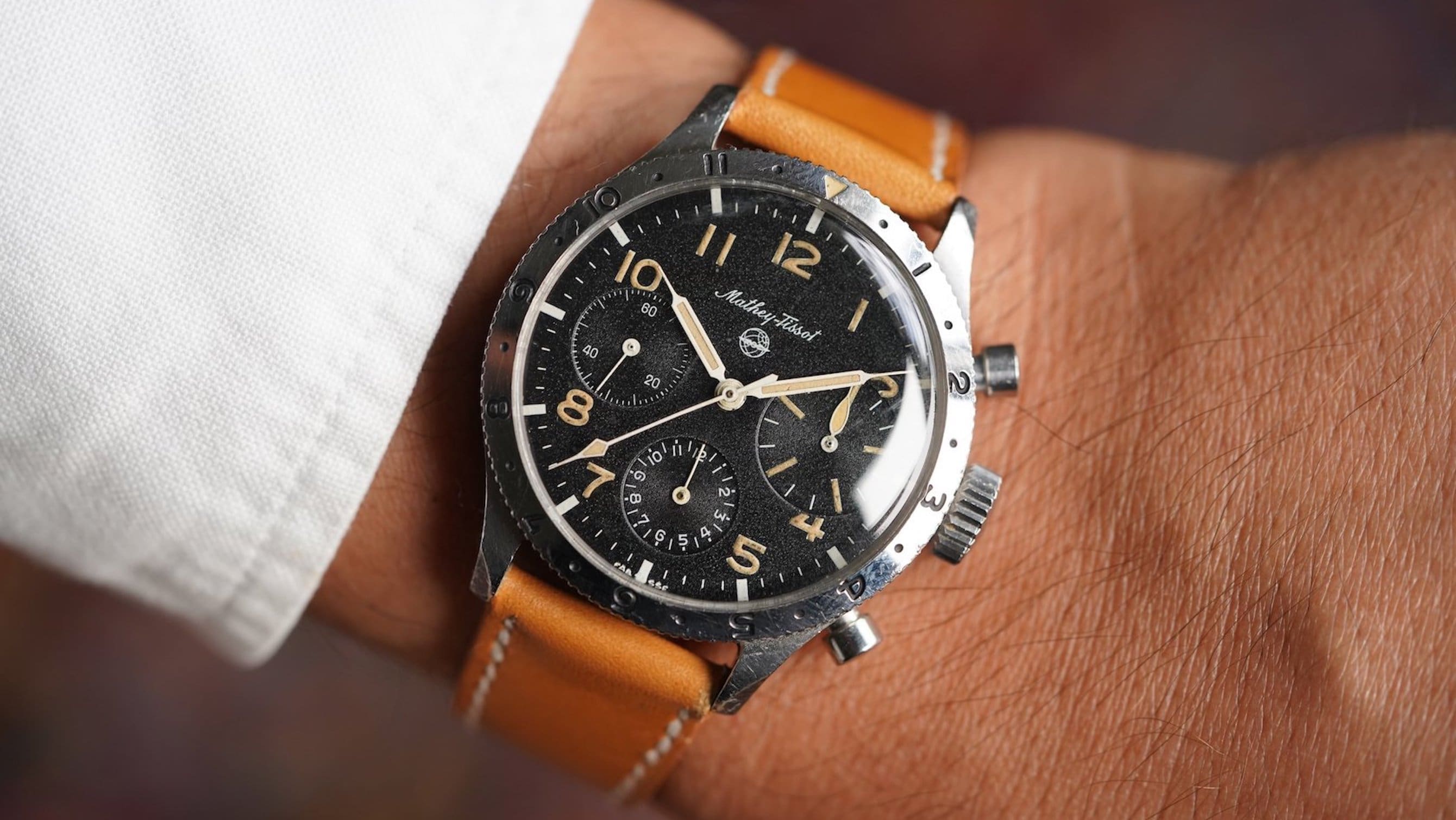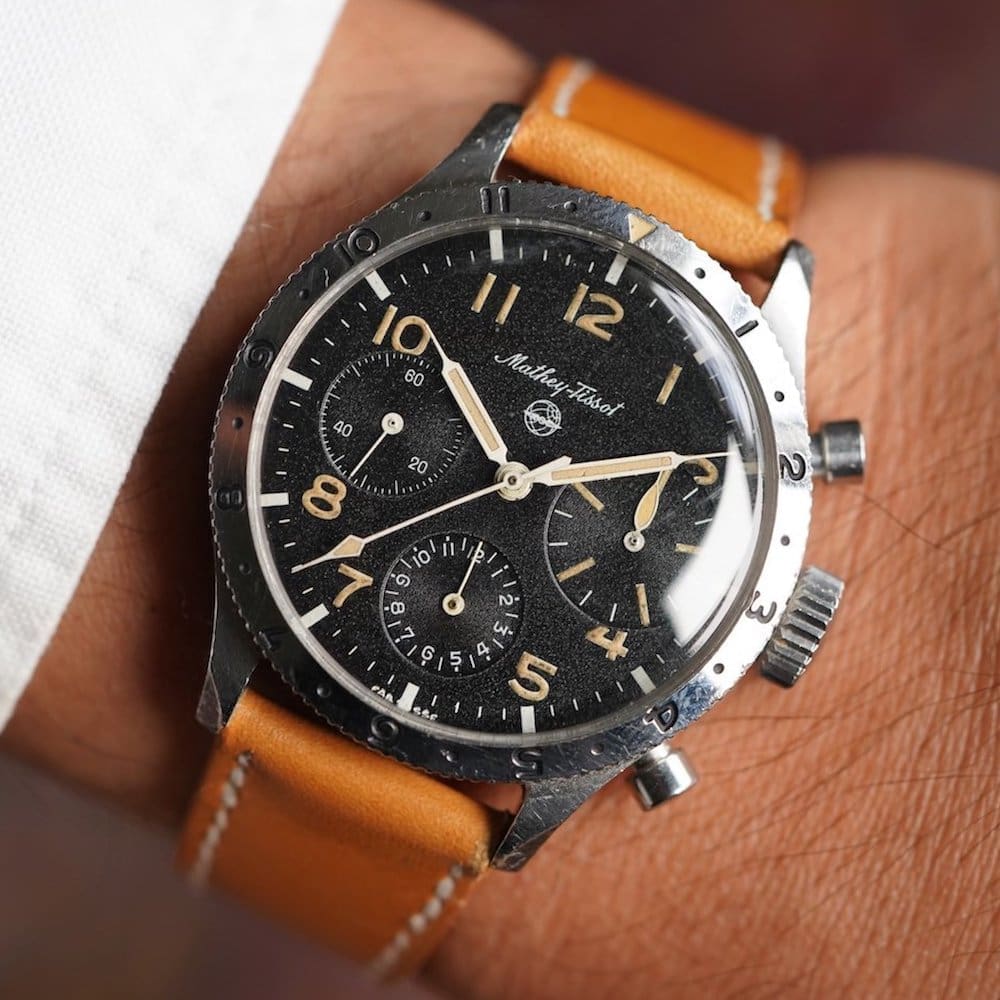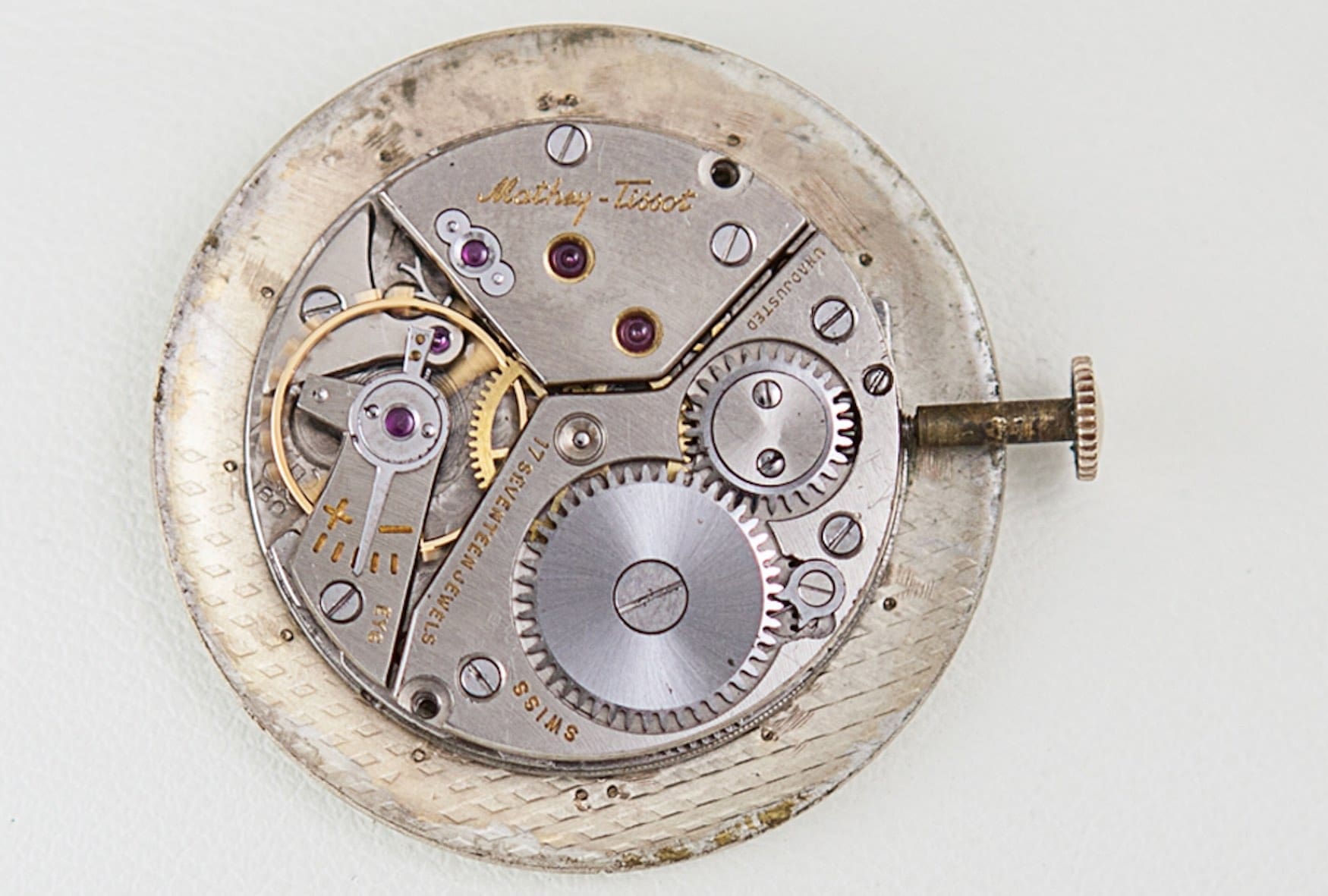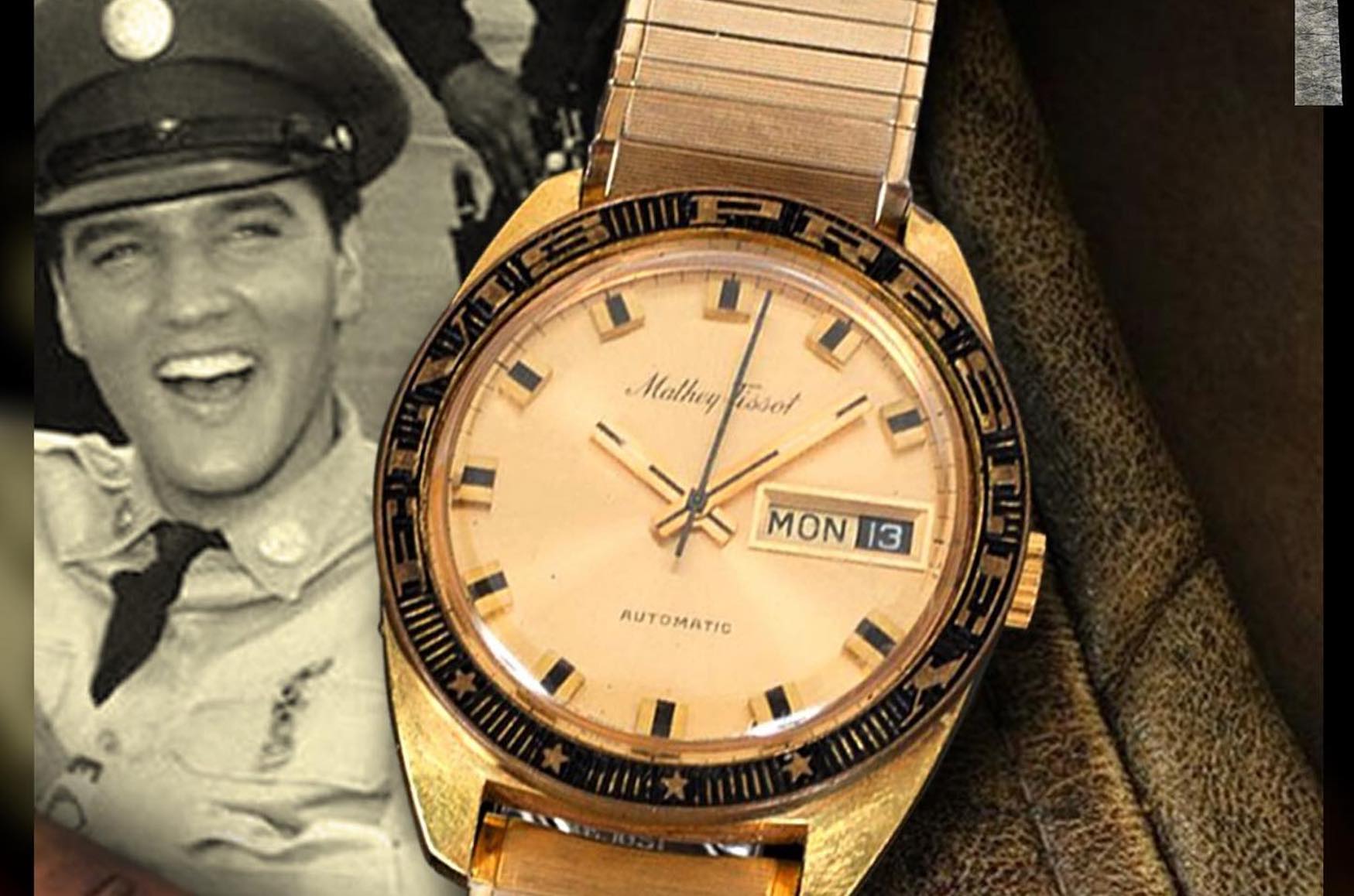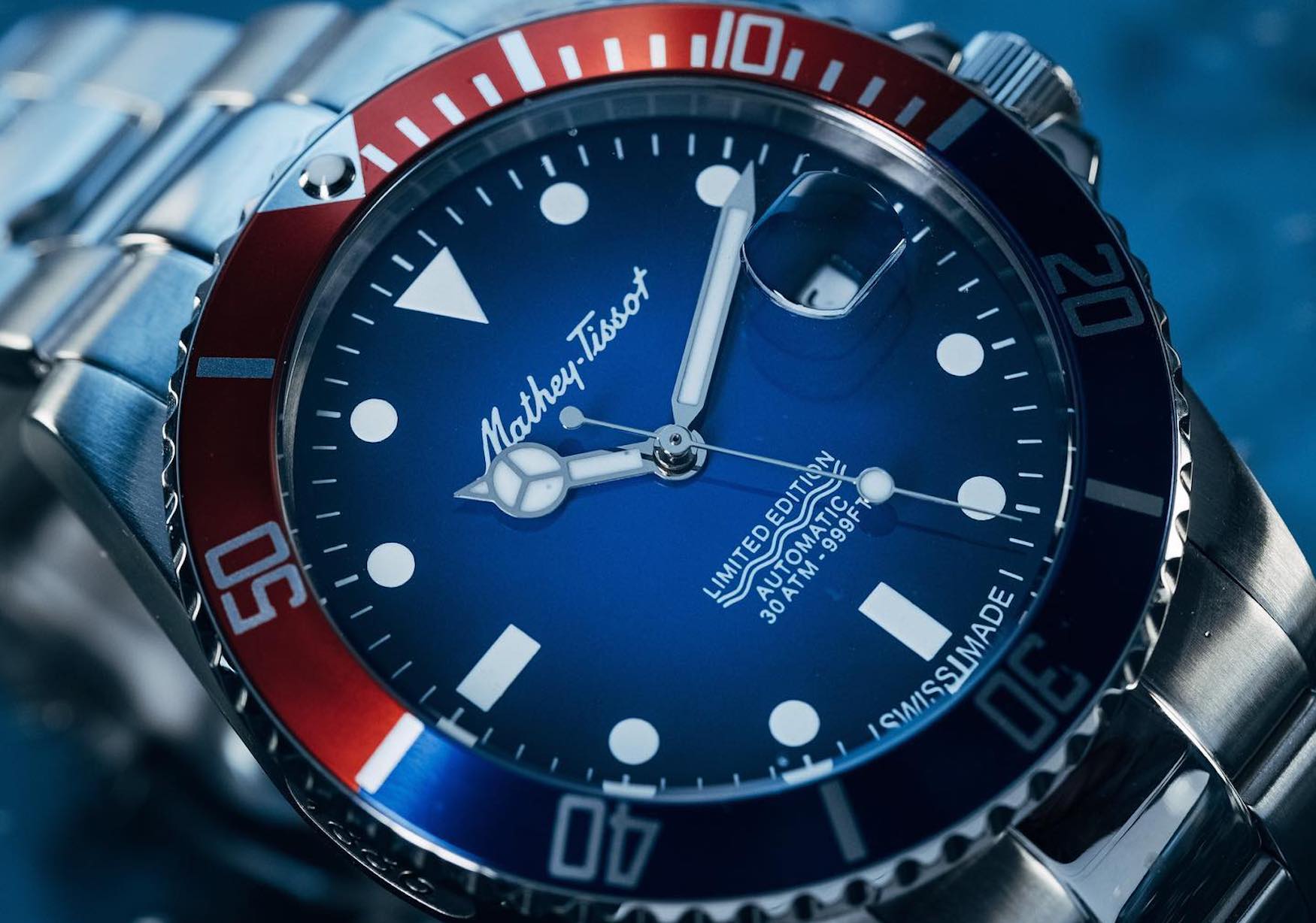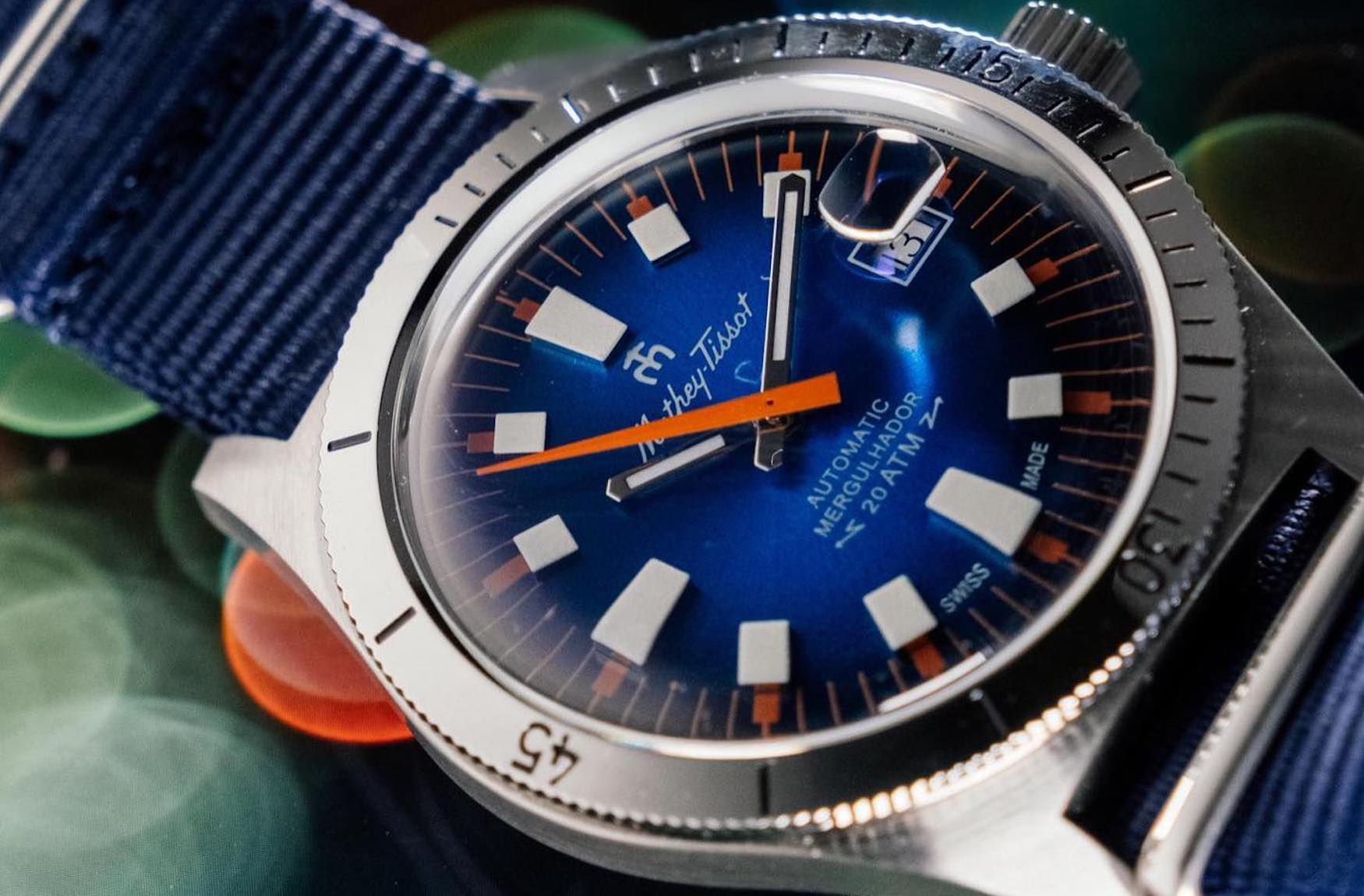The impressive history and precarious future of Mathey-Tissot
Adam ReederMathey-Tissot is a Swiss watch brand you may know nothing about, but you should. For starters, they have nothing to do with another Swiss heritage brand which you probably do know, which is Tissot. While Tissot makes great watches at an affordable price, the two brands are not associated in any way. Mathey-Tissot, however is a watchmaker whose history and future are worthy of discussion and perhaps some contemplation.
A complicated past
Founded in 1886, the brand was started by watchmaker Edmond Mathey-Tissot in Ponts-de-Martel, Switzerland. While the company found early success with its well-made complications, including chiming minute repeater pocket watches, it was armed conflict that gave Mathey-Tissot some of its greatest growth. One of the brand’s first large-scale orders was for minute repeater pocket watches for an entire British regiment sent to fight against local forces in South Africa. This wouldn’t be the last time Mathey-Tissot would be called to supply military forces with their timepieces.
Mathey-Tissot watches were beloved by military men for their accuracy. Throughout the first three decades of the brand’s existence, it won numerous prestigious awards for accuracy, including “Class A” ratings at the Kew Observatory Competition in London. Mathey-Tissot quickly rose to be one of the most respected watchmakers in all of Switzerland, and their watches were considered among the best money could buy.
With the onset of World War I, Mathey-Tissot’s opportunities expanded even more. Their highly accurate chronographs were used by the US Army Corps of Engineers. This was an important endorsement of the quality and accuracy of their watches. Additionally, one of the most celebrated leaders of the American military forces, General Pershing, gifted watches made by Mathey-Tissot to his own staff members. The brand also supplied thousands of watches to both US and British military forces throughout World War II.
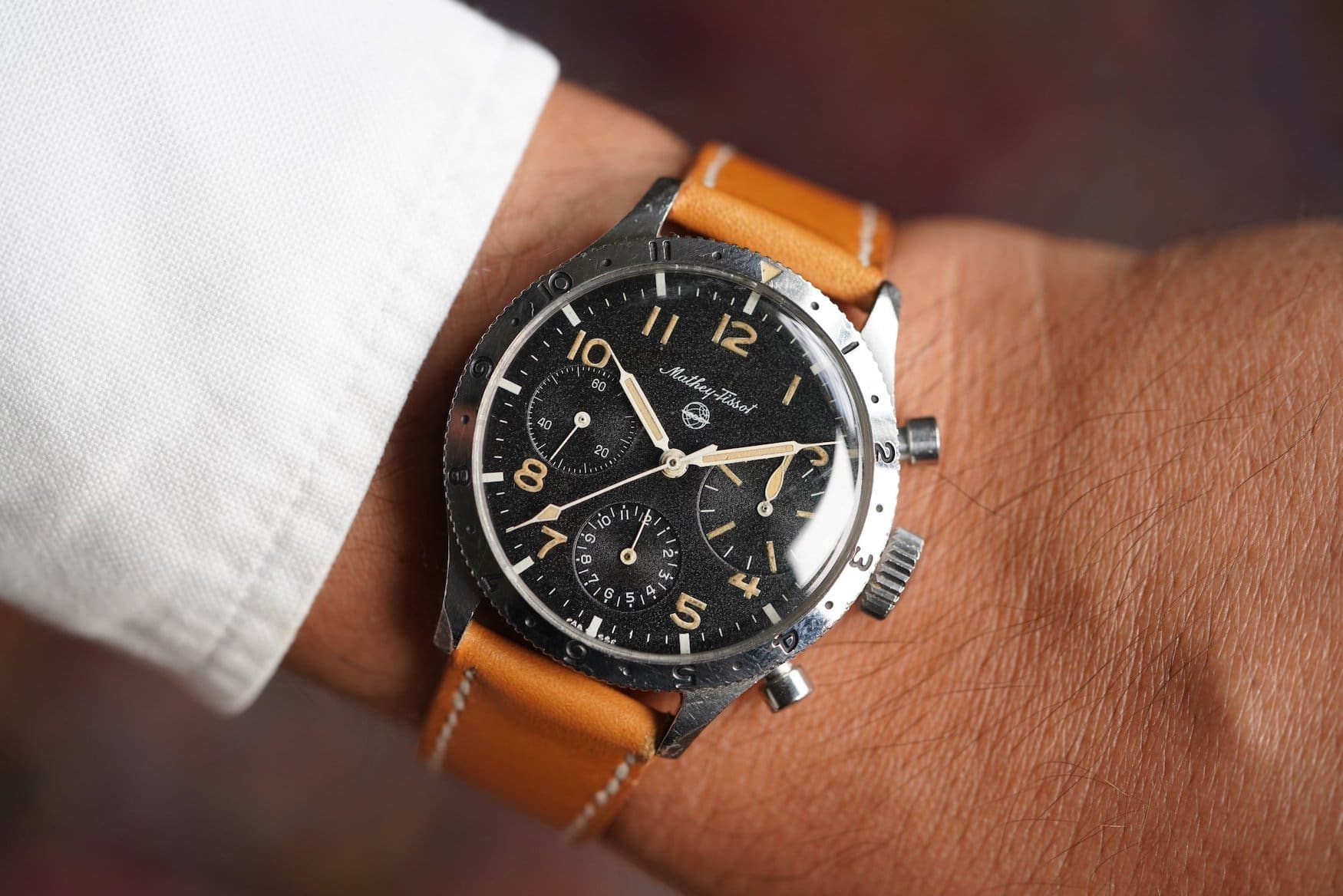
In the 1950s and 1960s, the French military commissioned a project that brought us one of the most iconic chronographs in history. The French Ministry of Defence requested a pilot’s chronograph be developed for them that, among other things, consisted of a dual register flyback chronograph in roughly 38mm. The result was the Type XX; a military-spec pilot’s chronograph that would be issued to service members for decades. They were also made for the civilian market. Not only was Mathey-Tissot one of the original suppliers of Type XX watches to the French military, but they were also contracted by Breguet to manufacture some of their own early Type XX models. Many early Mathey-Tissot-branded Type XX’s fetch tens of thousands of dollars on the vintage watch market. Only a few modern watch brands can claim such a storied military pedigree as Mathey-Tissot. While this history is impressive, it’s important to remember that the brand’s reach went far beyond that of trench warfare and aerial dogfights.
Fit for a king
The ’60s and ’70s saw Mathey-Tissot established as a popular brand among both the masses and the glitterati. The king himself, Elvis Presley, commissioned the customisation of a few dozen Mathey-Tissot watches for close friends and family. The gold-plated automatic watches, which were customised directly by Mathey-Tissot, have the name Elvis Presley emblazoned on the bezel around the edge of the dial. They came with a certificate signed by one of Elvis’ entourage, explaining that the watch entitled the owner to exclusive access to the king’s inner circle, including front gates, backstage, and all points in between.
Throughout the 1970s, Mathey-Tissot enjoyed its status around the world as a luxury watch with both heritage and flash. This reputation was reflected in Martin Scorsese’s The Irishman. In the film, notorious labour union boss Jimmy Hoffa (Al Pacino) presents union official and hitman Frank Sheeran (Robert De Niro) with a gold, jewel-encrusted Mathey-Tissot as a symbol of the important role he played in Hoffa’s organisation. Watches are often used as symbols in art and literature, and this watch was an important metaphor in Scorsese’s storytelling.
The lost years
As the old adage goes, nothing lasts forever. The 1990s and onwards saw a gradual decline for Mathey-Tissot in both presence and prestige in the international watch market. Some of this downturn may have to do with the quartz revolution, and Mathey-Tissot’s need to lean into quartz for their survival. As a smaller brand, Mathey-Tissot was responsible for their own survival, and didn’t have the benefit of a large conglomerate to bankroll their prestige.
As a result of this reduced influence, the brand appears to have focused much of its energy in the past decade toward creating homage watches of brands like Rolex, Patek Philippe, and others. Watch collectors are a fickle bunch, and this may have been the only way to keep funds flowing into the brand in order to keep the doors open. Whatever the reasoning behind this decision, nobody can argue that they managed to keep Mathey-Tissot afloat as a viable business throughout these difficult decades. However, it would appear that the brand may be poised for a pivot.
The path forward
Those who have always believed in the brand and its heritage point to its staying power as the company’s greatest asset. Alberto Frigerio was enthusiastic when he started as Mathey-Tissot’s CEO in 1994. He was a fan of the brand and brought with him an enthusiasm for its history. He believed so strongly in the brand, that in 2013 he purchased the company and owns it to this day. In the last few years, Mathey-Tissot has begun to slowly move away from their gameplan of providing primarily homage style watches of other luxury Swiss brands. They’ve begun leaning more heavily on their own heritage.
Most interesting among these releases are reimaginings of some of their previous Type XX designs. They have collaborated with popular aviation-based microbrand Hemel as well as the the Asian Mechanical Watch Group to provide period-accurate 38mm Type XX chronographs in both quartz and mechanical formats. They have also begun to dig deeper into their catalogue and reissue other models such as the 1970s Mergulhador diver. This testing of the waters is encouraging for those who root for these phoenix brands to rise from the ashes of obscurity and reclaim their greatness, but there’s still a long way to go. For starters, they would do well to whittle down their collection, which presently numbers nearly 500 references across dozens of model families. If the purchase of the Universal Genève brand by Breitling proves anything, it’s that when it comes to heritage brands like Mathey-Tissot, anything is possible.




